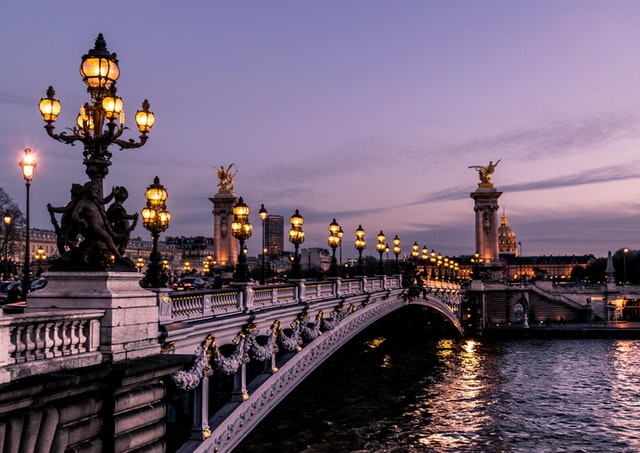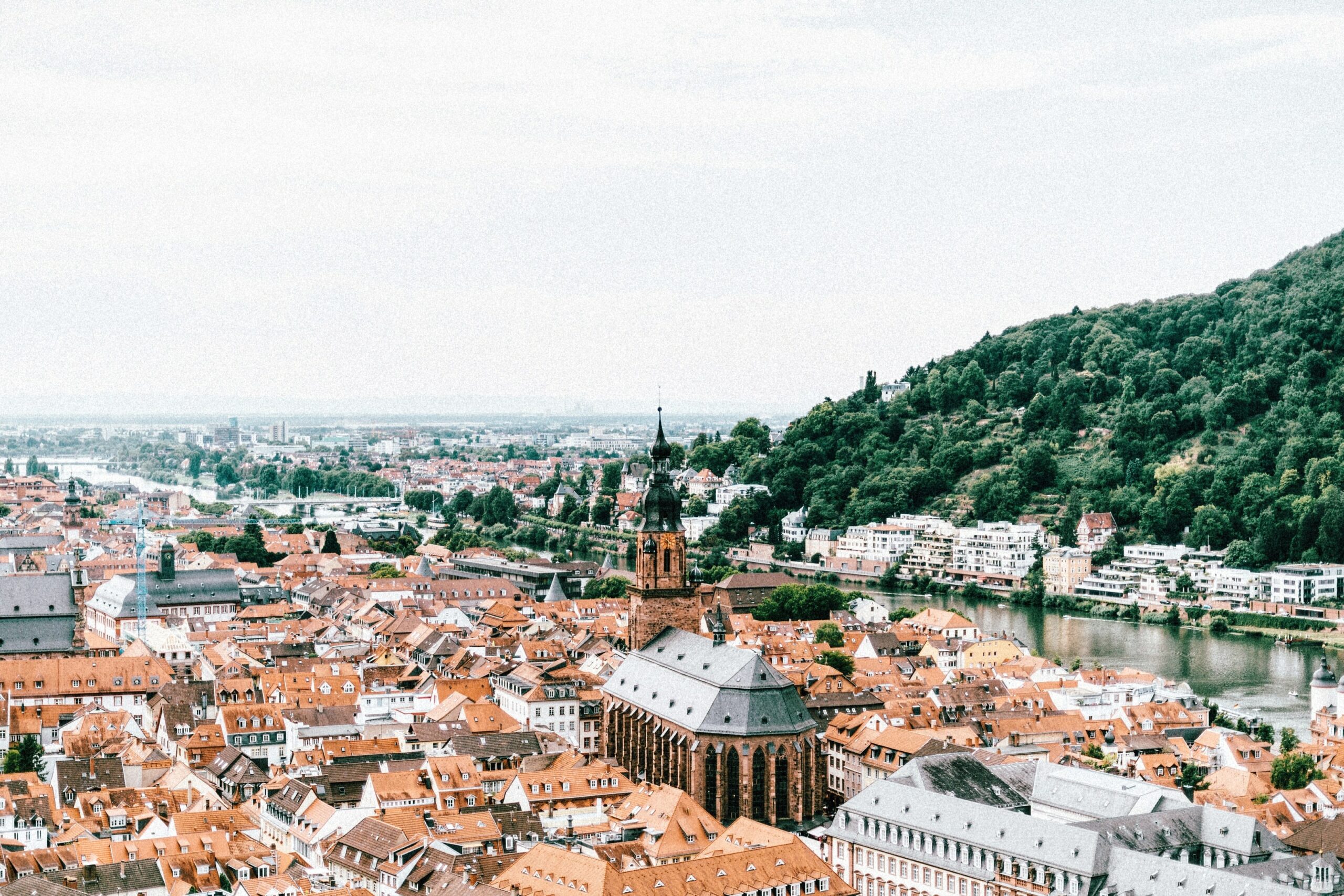Remember when Prague was that European gem that people hadn’t discovered yet? Now, if you go to Prague, you will have to deal with hoards of tourists pretty much anywhere you go in the city. Sure, you can try to work your way around tour schedules or avoid the main sites altogether, but what fun is that? These days, Budapest is the new Prague in terms of people wanting to travel farther East in Europe to explore more of the continent. But, let’s be honest, if you have been to the wonderful city of Budapest, you probably know the secret is out and many people are already going there. We saw a big increase in crowds between our visits in 2015 and 2018. So we kept on our pursuit to discover Europe’s hidden gems.
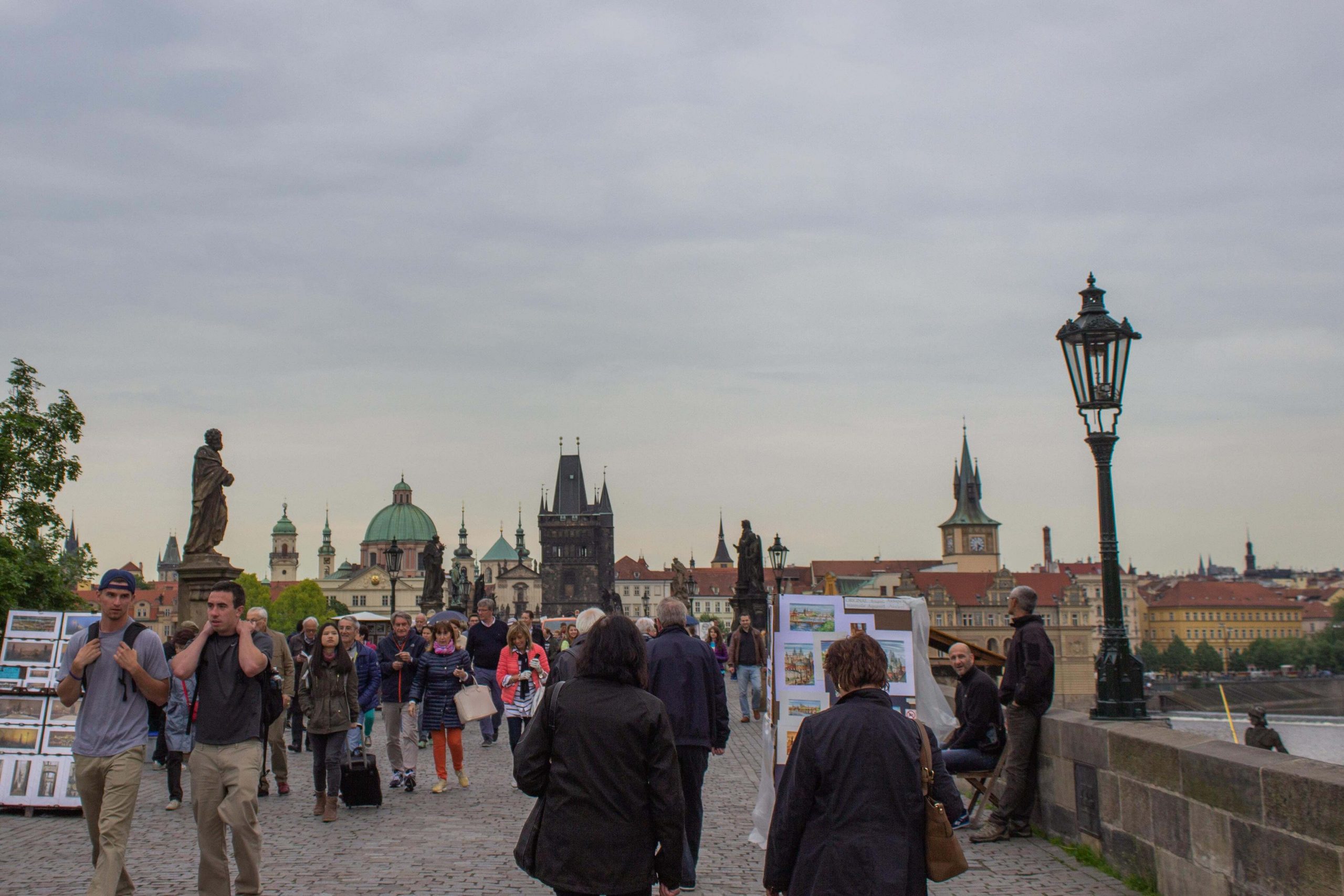
Where to go to get away from the crowds
If you are looking to take the less-traveled path or explore more of Europe, then you might want to head farther East to countries like Romania or Ukraine, or into the Balkans to explore tiny Montenegro or booming Northern Macedonia. This area of the continent is rich in history and has some of the most amazing nature waiting to be explored. There’s plenty for those looking for hiking in the summer or skiing in the winter, at only a fraction of what it would cost in places like France or Switzerland. In fact, Eastern Europe and the Balkans are literally surrounded by mountain ranges. These are some of the reasons this area is home to Europe’s top five hidden gems.
How we discovered Europe’s Top Five Hidden Gems
About a year ago, our family spent five months road-tripping Eastern Europe and the Balkans. We intentionally avoided popular places during the peak of the summer and decided to visit lesser-known destinations instead. Our decision to explore off-the-beaten-path destinations was rewarded with the discovery of some beautiful hidden gems in Europe—and without the stress of dealing with the crowds (if you’ve been to Dubrovnik in the summer, you know what I’m talking about!).
As we traveled through cities in these areas and talked to local people, one recurring theme we kept hearing about was how the number of tourists has been growing exponentially in recent years. In a small town in Northern Macedonia near the border of Albania, a boat operator told us the number of tourists had quadrupled over the last four years, and that this particular town saw close to a million tourists just in 2017.
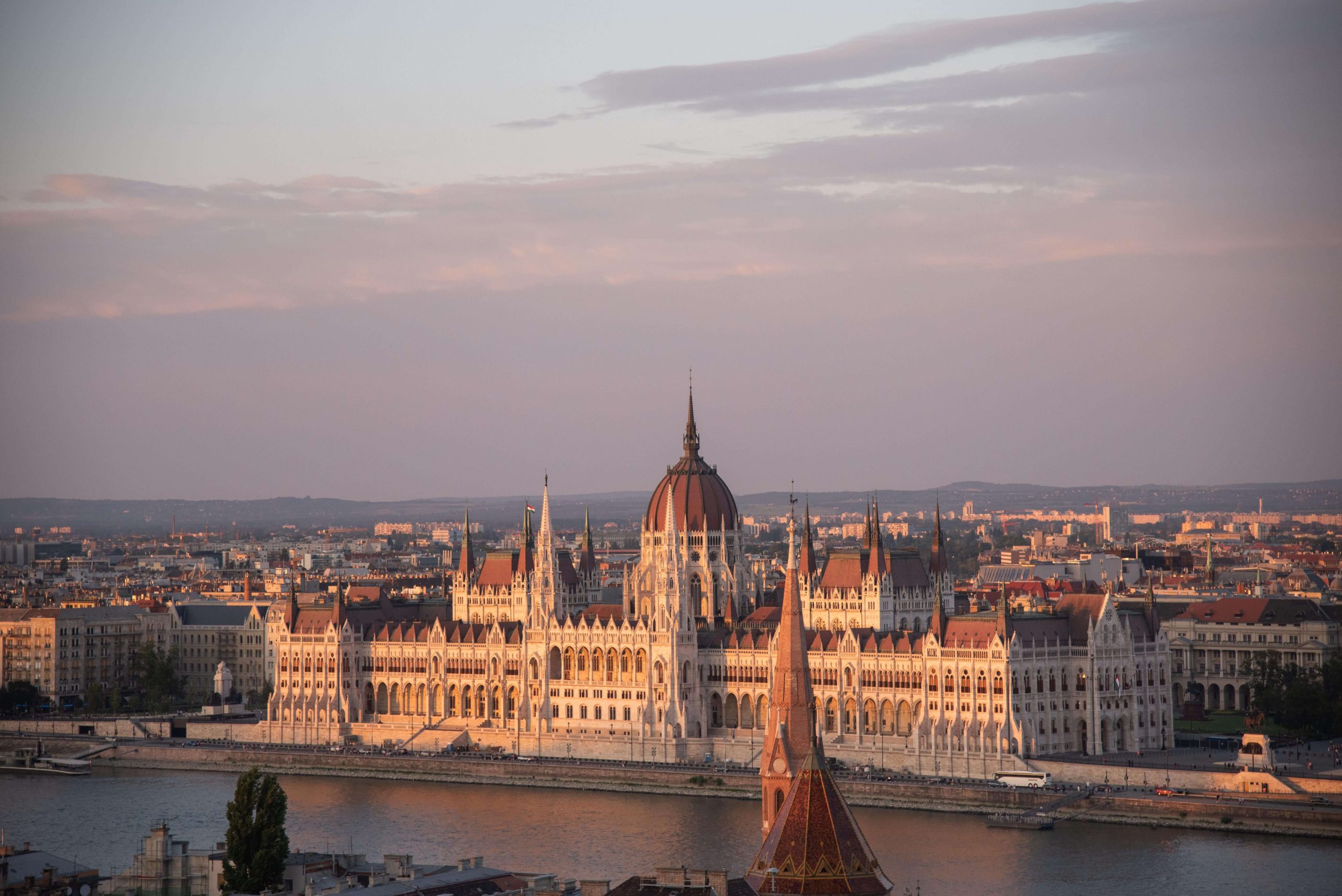
Our Experience in Europe’s Hidden Gems
Despite the increase in the number of people visiting Eastern Europe and the Balkans, numbers remain low when compared to more popular destinations. So why aren’t more people visiting this area? Are they worried about safety? About the language barrier? About the infrastructure? Traveling through Eastern Europe and the Balkans never felt unsafe to us. We always felt comfortable walking around pretty much anywhere and never had to worry about pickpockets or purse-snatchers, as you would in cities like Paris, Rome, or Madrid. The places we stayed in were fully equipped and modern, even though we were sticking to a strict budget. In fact, most places had air conditioning and all of them had energy-efficient windows and lighting systems, as well as water-efficient toilets—something the US still has a lot of catching up to do. People were always friendly and eager to help everywhere we visited, and most spoke some English so language was never really a barrier. If the person we were talking to did not speak English, they knew someone who did. One time we even had a lengthy conversation with our Airbnb host using a language translation app on her phone!
Europe’s Top Five Hidden Gems
Even though we really liked everywhere we visited during our five-month road trip, we ended up with some favorites. In our opinion, these are the top five hidden gems of Europe. If you are looking for budget-friendly, off-the-beaten-path, stunning destinations to explore, make sure you put these cities at the top of your list!
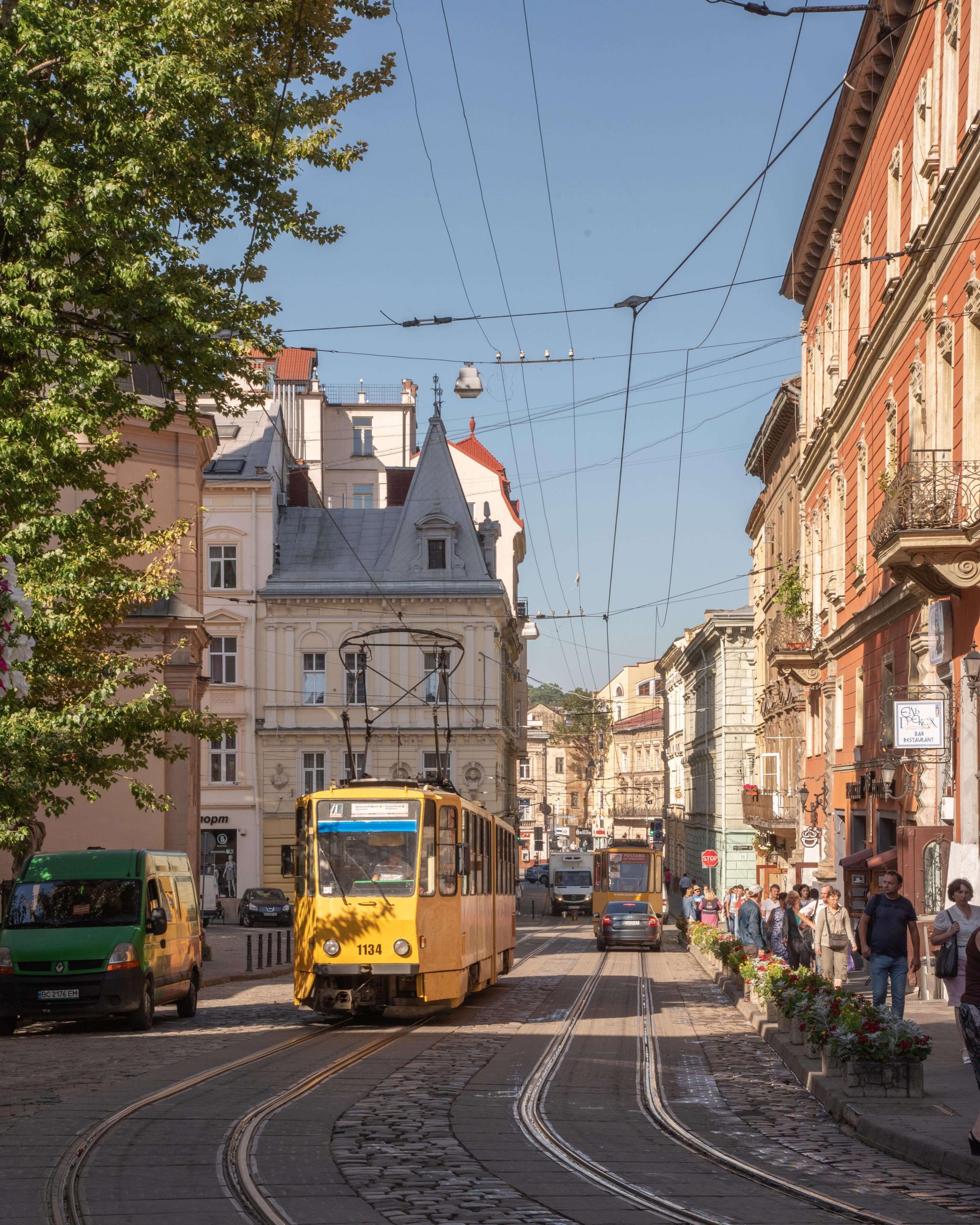
-
Lviv, Ukraine
This UNESCO-listed city is architecturally gorgeous and full of charm. Lviv is Ukraine’s western identity, resembling Europe a lot more than anywhere else in the country. Lviv is a lively city with rattling cable cars, cobblestone streets, and a very nice and compact old town. It is considered one of the most beautiful cities in Ukraine—and for good reason. Lviv has a strong coffee culture and a great food scene, all while being incredibly affordable. You can really go all out without breaking the bank! To get to Lviv, we left our car parked at the Krakow airport (our car insurance didn’t cover Ukraine) and took a train from Krakow to Lviv. The train ride takes about 8 hours total on two trains, but the long journey was definitely worth it.
Highlights: Visit the chocolate factory for some deliciously thick hot chocolate. Head to Bread and Wine for their trout dip sample platter and fresh bread. Soak in the cobblestone ambiance with a craft beer in hand.
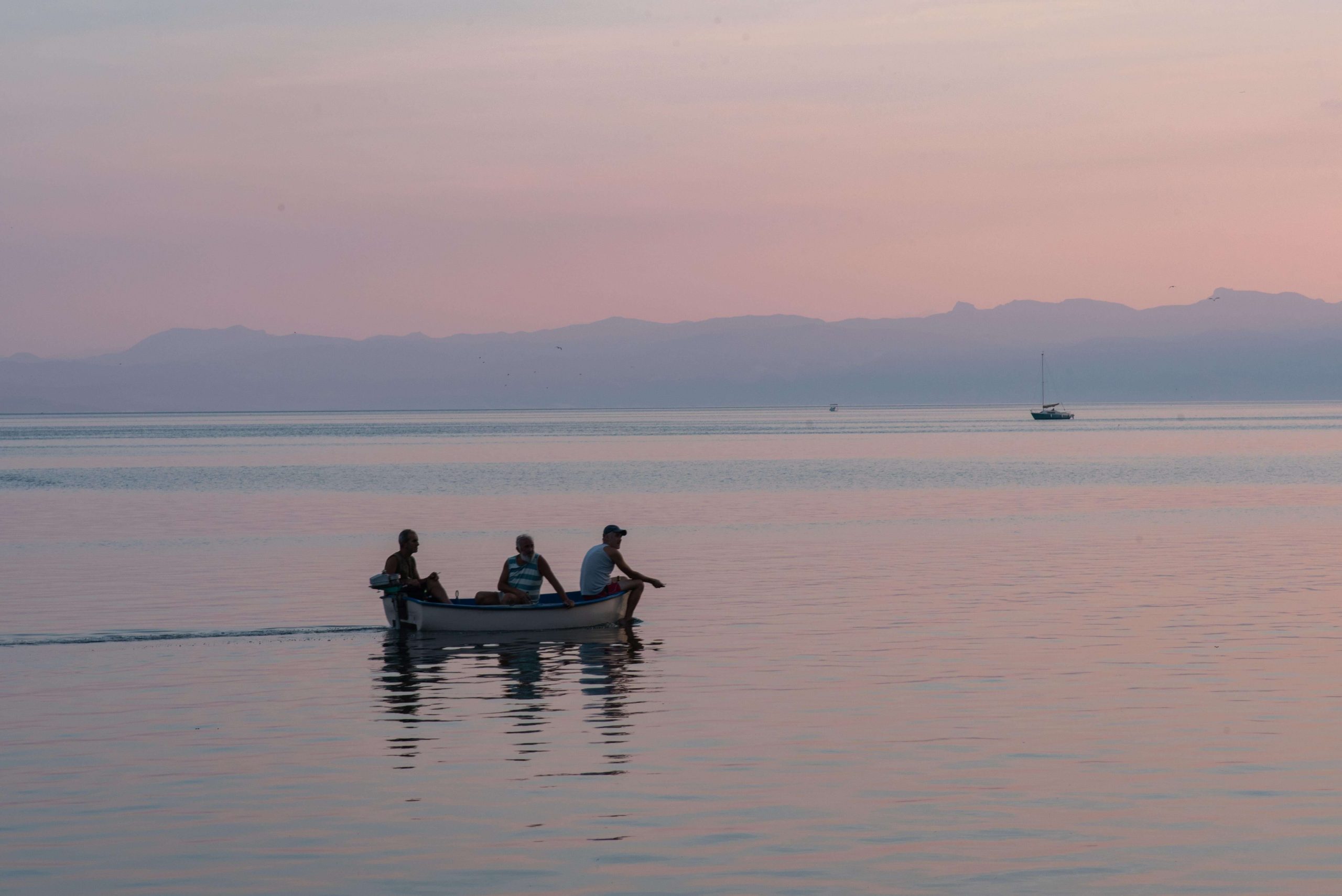
-
Ohrid, Northern Macedonia
The town of Ohrid sits on the shores of Lake Ohrid, one of Europe’s deepest and oldest lakes. We spent a full five days walking around the town and exploring the many Byzantine churches, the ancient Greek amphitheater (still in use today!), and the medieval fortress above the town. We also enjoyed some of the most stunning sunsets we’ve seen—while dining alongside the lake. Ohrid is easy to explore on foot, and even though the hills may tire your legs, the views of the lake and the surrounding mountains will reward your efforts. If you don’t feel like walking up the hills, check out the amazing boardwalk trail above the lake to reach some great beaches lined with bars and restaurants.
One kilometer from the Albanian border, and about an hour drive from the town of Ohrid is Sveti Naum, where you can visit the monastery by the same name, relax in the tranquil gardens, and rent a rowboat to see the translucent springs of Saint Naum.
Highlights: Bring a picnic lunch to the almost 2,500-year-old ancient Greek theater. Hike up to Samuel’s Fortress and climb up to one of the towers to get the best panoramic view of the town and the surrounding areas. Sit on the walls above St. John Kaneo church to greet the morning sun as it rises over the hills and turns everything golden.
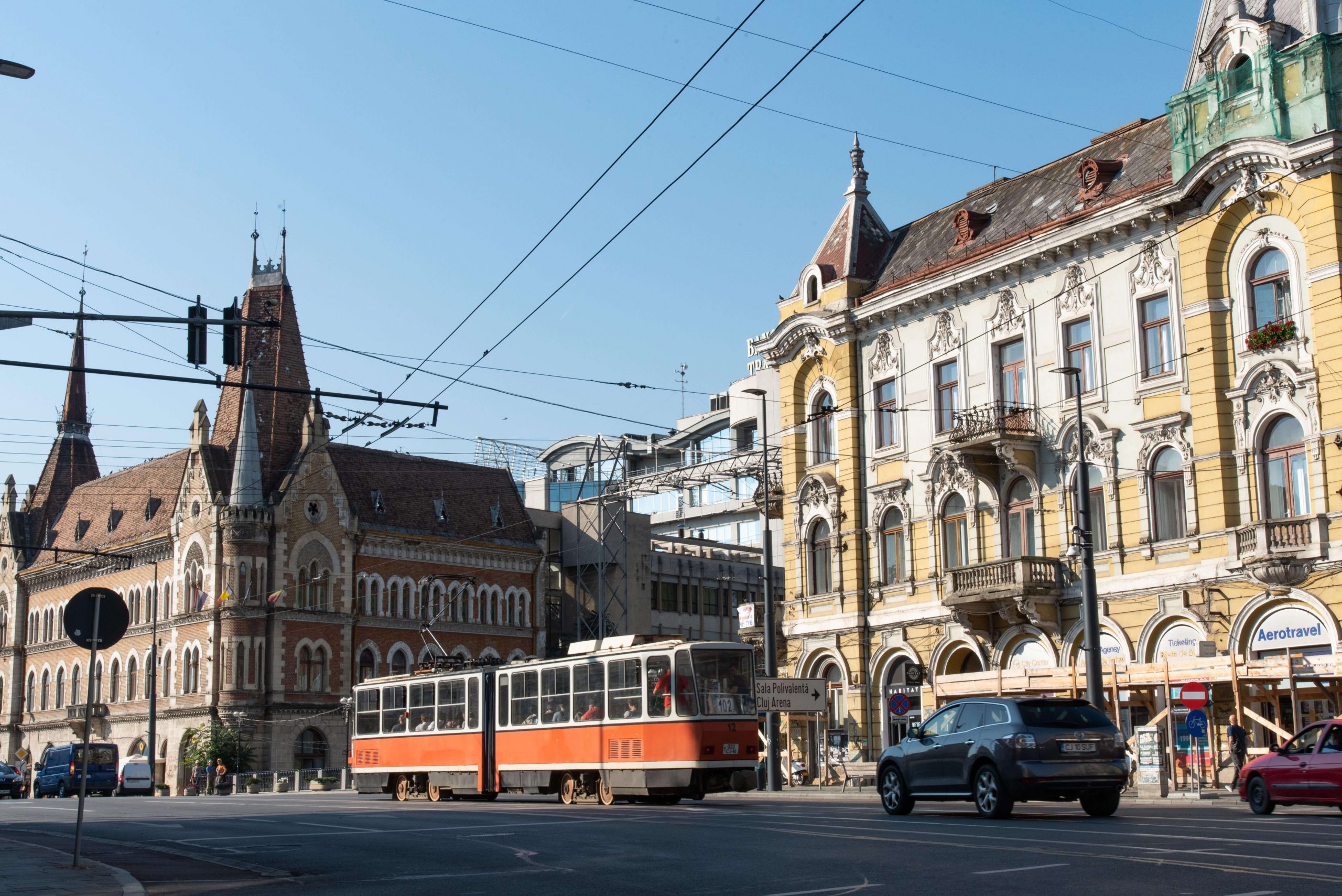
-
Cluj Napoca, Romania
Romania was one of the biggest surprises of our trip, and Cluj Napoca was our first encounter with this amazing country. Cluj (as the locals call it) is the second biggest city in the country and it’s the biggest city in Transylvania. Our first impressions of it were that it was an architecturally beautiful European city with very few tourists. Yes, a charming European city with no tourists! In the main square, you will find a huge monument dedicated to King Matthias that doubles as a giant jungle gym for local children. The square is lined with cafes and restaurants surrounding the immense church of St. Michael, completed in 1487. Cluj Napoca also has a vibrant coffee scene with baristas that will make sure your coffee is perfectly brewed and crafted. The city also has a beautiful botanical garden that was founded in 1872. Cluj Napoca also offers a great base to explore other attractions in the area such as the Turda Gorge and the Turda Salt Mines (recently featured by National Geographic).
Highlights: People watch with an espresso or a drink at one of the main square’s cafes. Take a stroll through the botanical gardens in the early morning and listen to the birds sing. Find a respite from the sun on the shaded benches of Central Park. Take a day trip to Turda Gorge or the Turda Salt Mines.
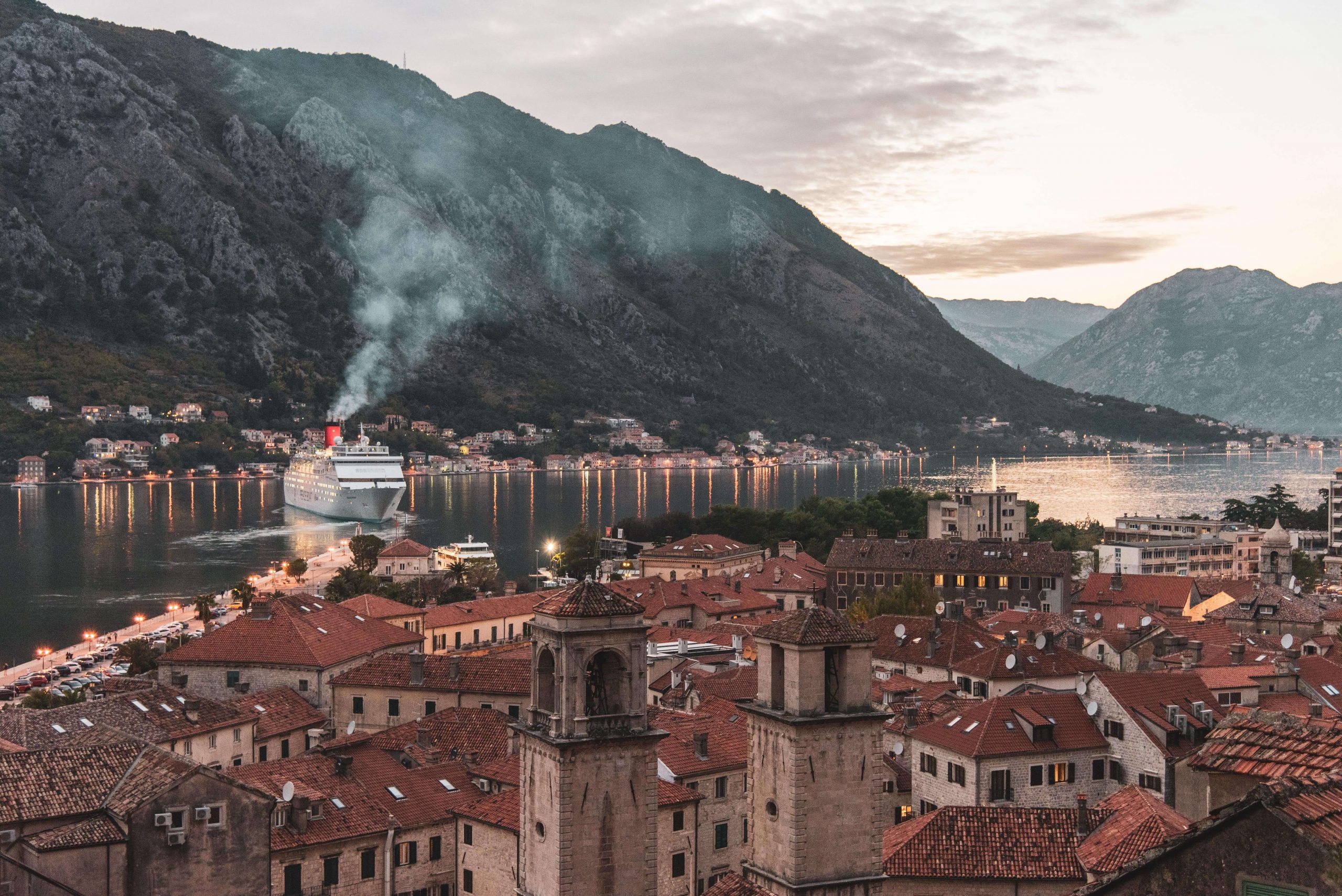
-
Kotor, Montenegro
The town of Kotor sits on the southernmost fjord in Europe, between steep mountains and the waters of the bay, giving it a unique look and feel. Kotor is a lovely little town of narrow winding stone streets in which you will love getting lost without ever really getting lost. The town is full of cute squares to sit down for a cup of coffee, a pint of beer, or a spritz. And the historic center is pedestrian-only. There is a church on the mountainside above the town that you can climb to for panoramic views. If you are up for a really good climb, there is also a fortress at the top of the ridge that you can hike to for the sweeping views of the bay. From Kotor, you can easily explore the area and go on day trips to nearby places like super charming Perast, Budva (also known as mini Dubrovnik), or to the exclusive Sveti Stefan. Note that the word is out for Kotor and tourists are descending on the town, so better get there sooner than later!
Nature lovers might want to plan a side trip to visit some of Montenegro’s gorgeously untouched National Parks. We spent a few days in stunning Durmitor National Park and drove through the Tara Canyon, Europe’s deepest canyon, and were blown away by the spectacular natural beauty of the area. There are lots of great hiking trails in the parks so make sure you pack your hiking boots!
Highlights: Watch the sunset from the Church of Our Lady of Remedy. Beat the tour groups and enjoy the local vibe in Perast by visiting early in the morning. Hike up the Vrmac Ridge and explore an abandoned World War I Austro-Hungarian fort.

-
Mostar, Bosnia and Herzegovina
Most people visit Mostar on a day trip from Croatia to see its famous bridge, but we think it’s worth spending at least a couple of days in Mostar. It is one of those places where, the longer you stay, the more you like it. Stari Grad (Old Bridge) is definitely a must-see. The iconic bridge was originally built in 1566 during the Ottoman Empire rule. It was destroyed in 1993 during the war and then rebuilt in 2004 using sixteenth-century techniques. Mostar is more than just its historic bridge, though. Having always been a crossroads of cultures, it still remains a diverse place. People in Mostar are welcoming and warm despite having been on the frontline of one of the bloodiest conflicts in recent history, as shown by the bullet holes still riddling buildings pretty much all over the city. Mostar is also a great place to get a delicious cup of Bosnian coffee!
About a half-hour drive from Mostar is Blagaj Tekija, a Dervish monastery that is almost 600 years old. Next to the monastery, you can see the strong karstic spring that is the source of the Buda river, and one of the strongest springs in all of Europe. Sarajevo, the capital of Bosnia and Herzegovina, is about a 3-hour drive from Mostar and is a rich and vibrant city worth visiting.
Highlights: Wander around the bazaars on both sides of the bridge and find beautiful handicrafts to bring home. Watch the Mostar divers jump from the top of the bridge into the freezing cold water of the river. Climb to the top of the Koski Mehmed Pasha Mosque minaret to get a unique birds-eye view of the town and surrounding mountains.

As people continue to explore farther east in Europe, places like Budapest, Krakow, and the Croatian coast have become crowded with tourists. While some people seem to be realizing Montenegro is a desirable destination, it still remains an off-the-beaten-path destination, especially for tourists from the United States. The rest of Eastern Europe and the Balkans continues to be generally ignored by mass tourism and it provides a great opportunity for travelers to discover these gems at their own pace. We really fell in love with the cities mentioned above, but we know there is so much to explore in this area and we encourage you to get out there and find some more hidden gems!
Happy #wildbumming!

